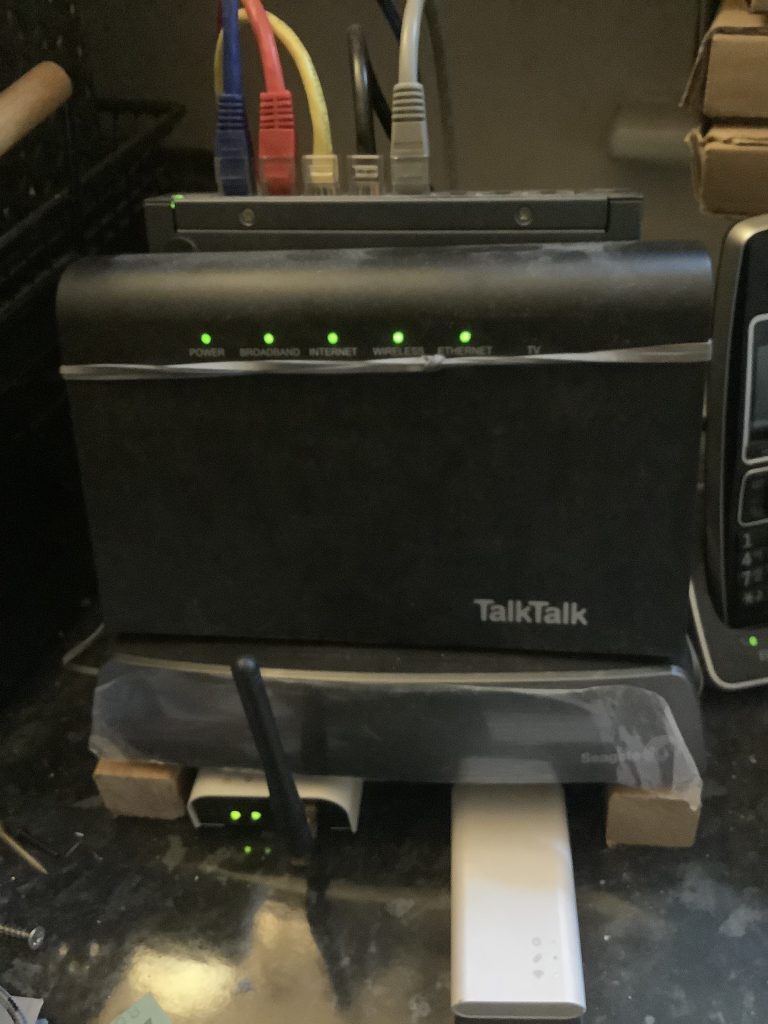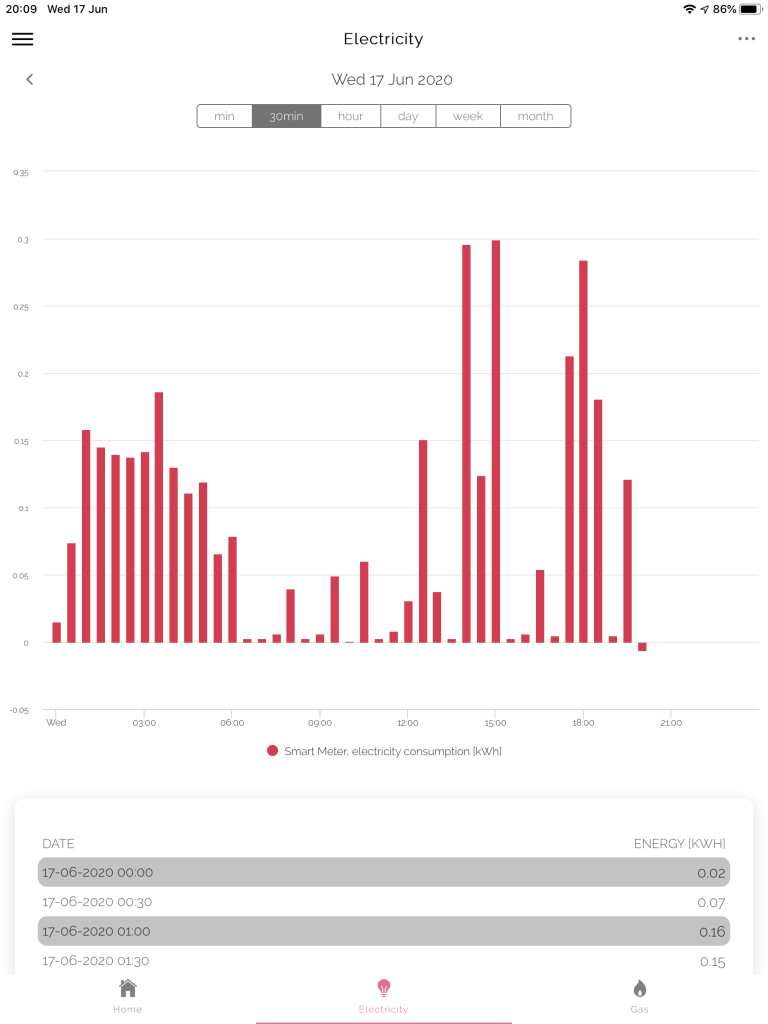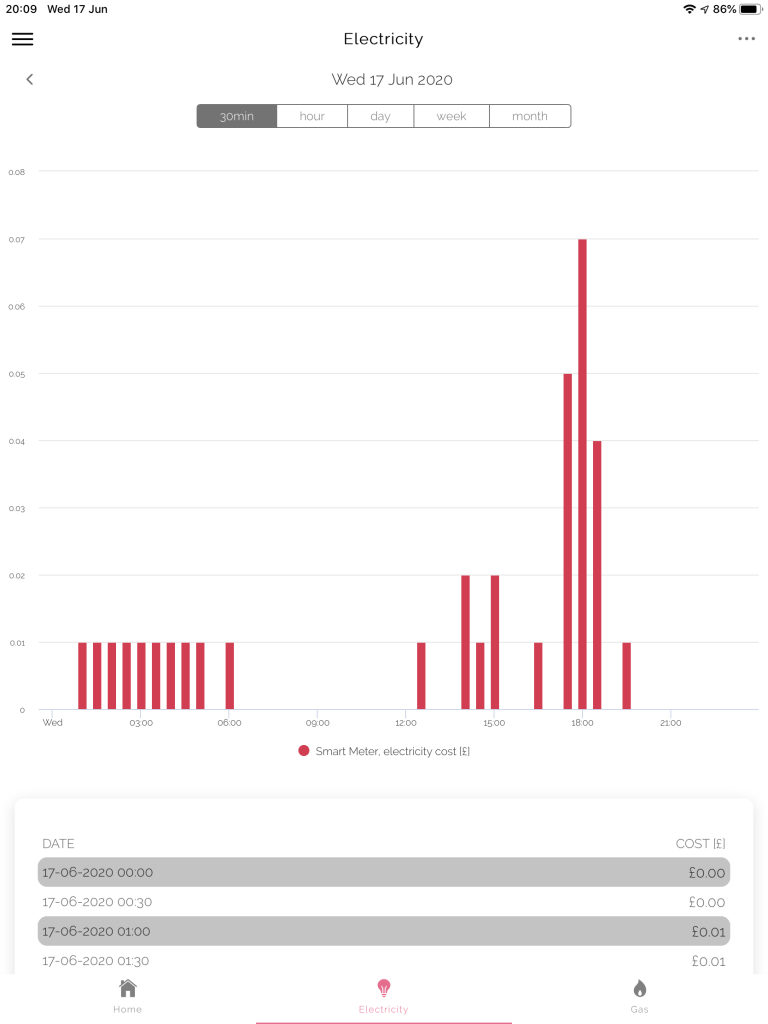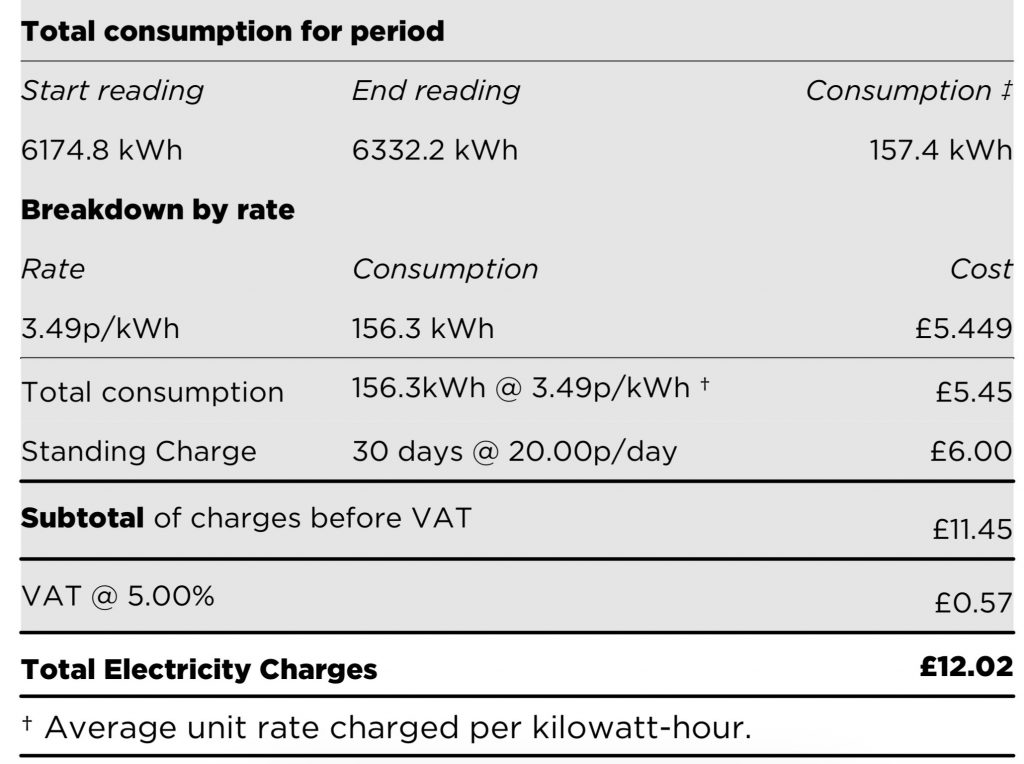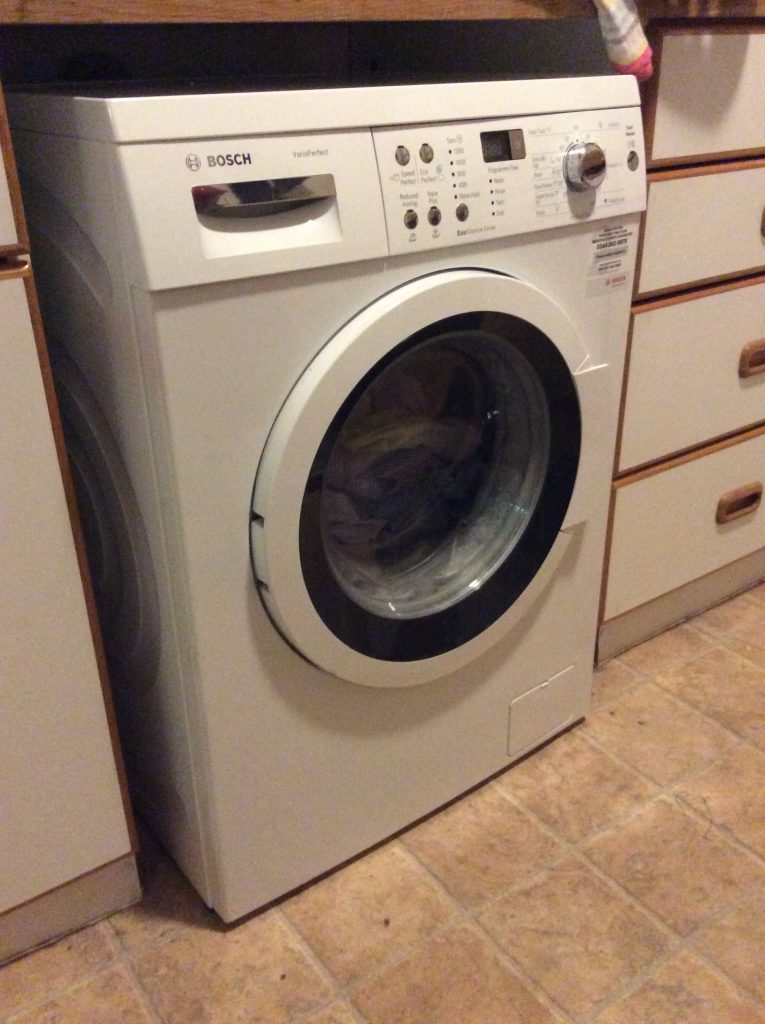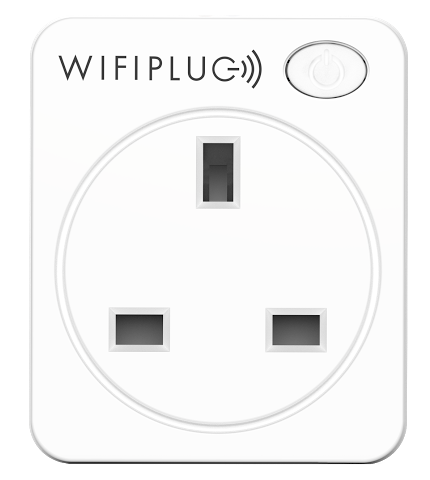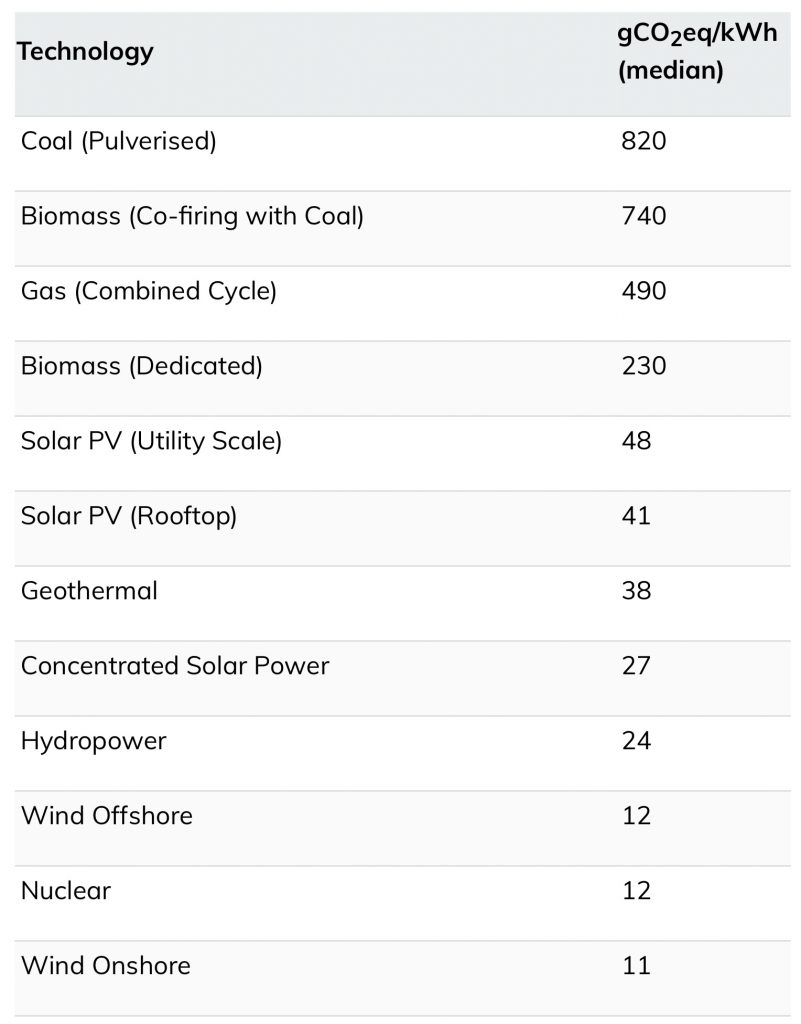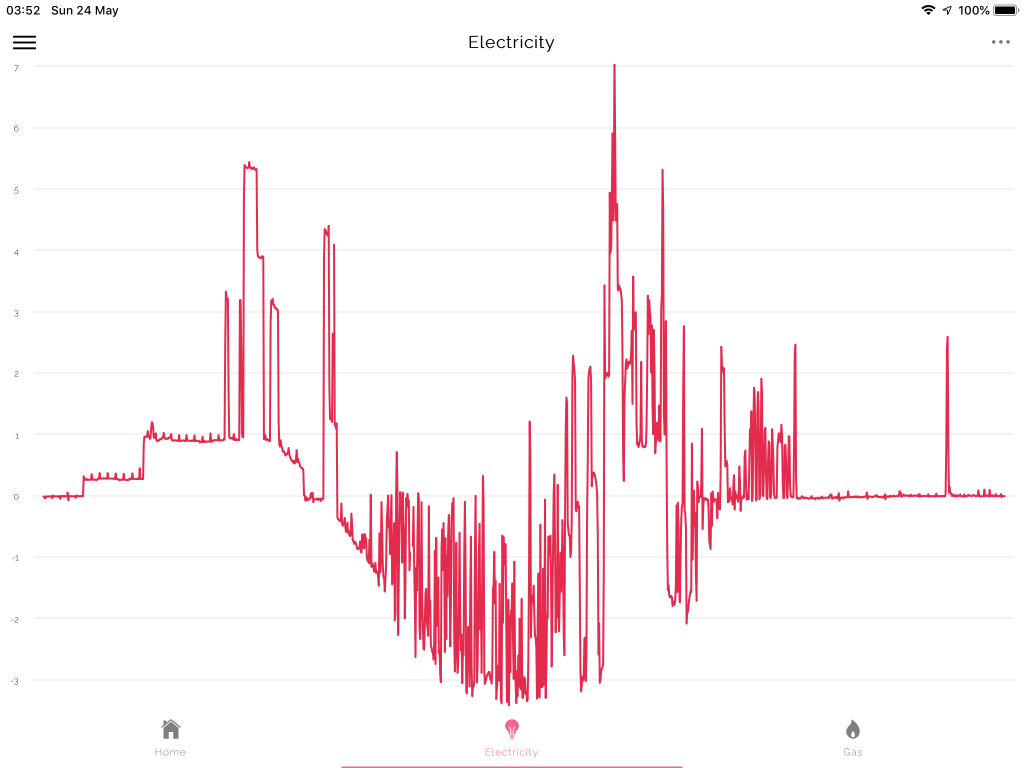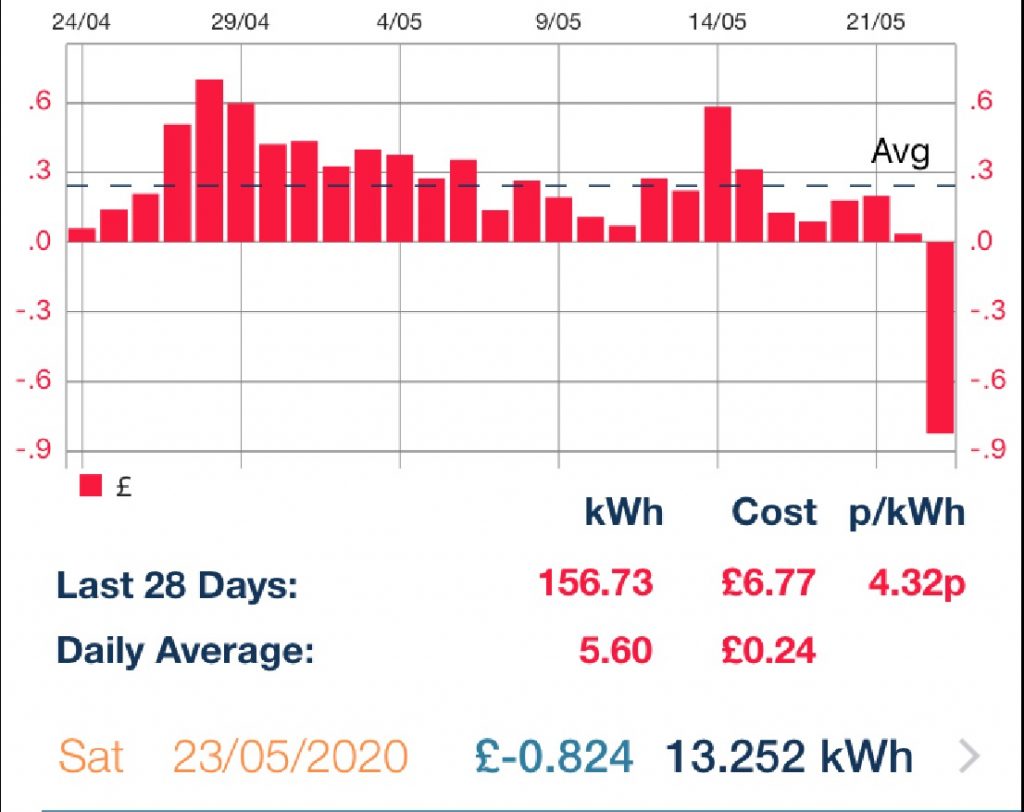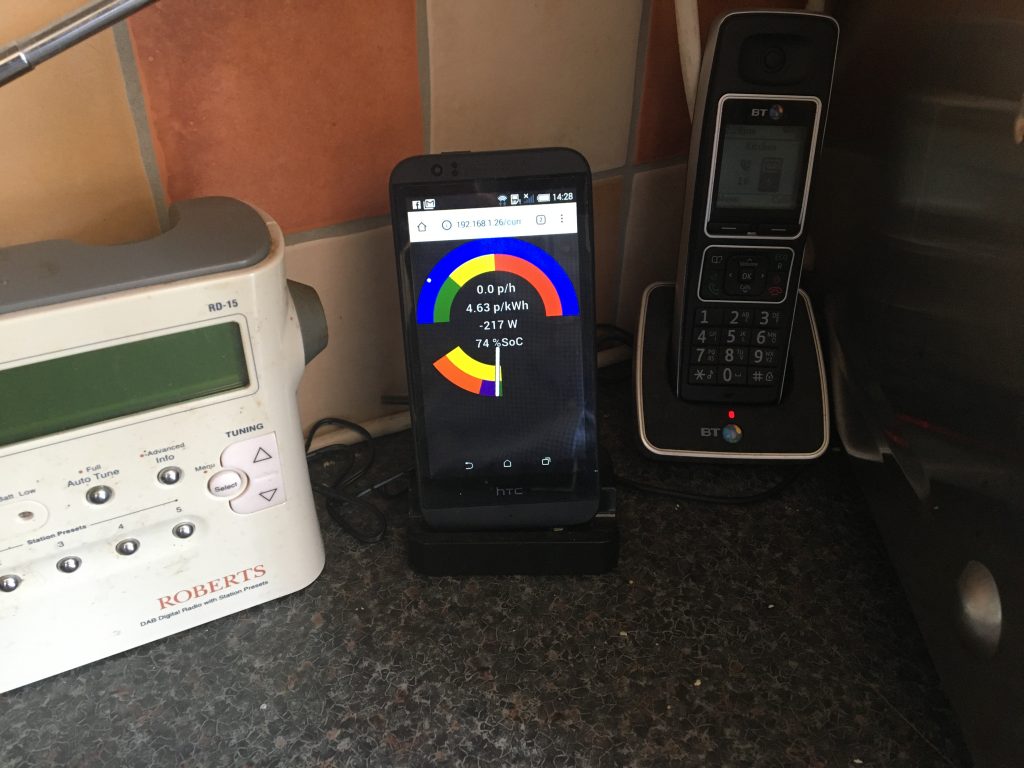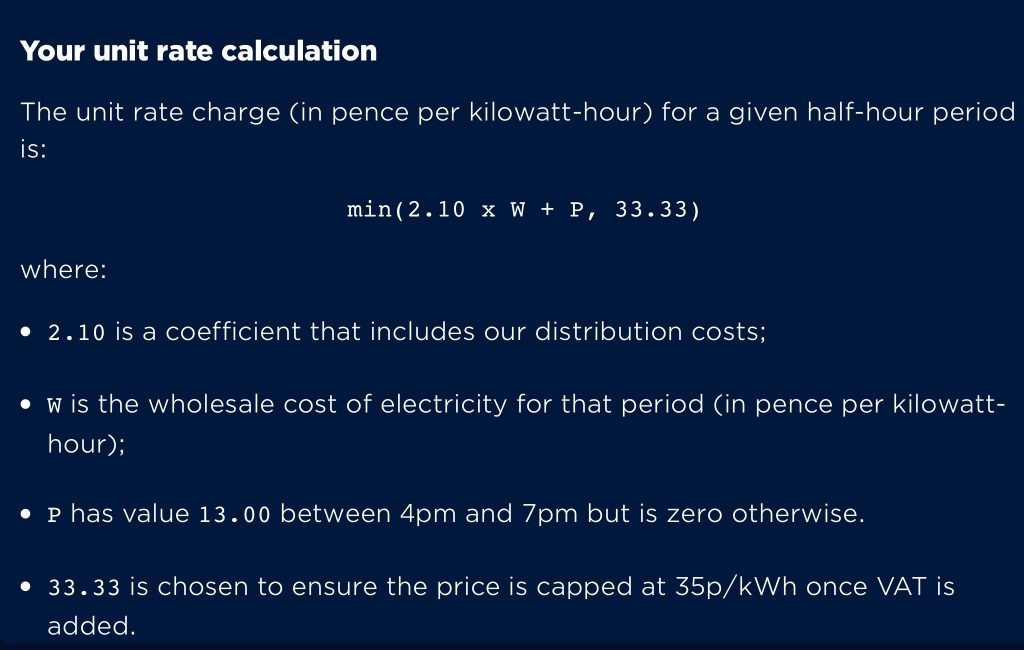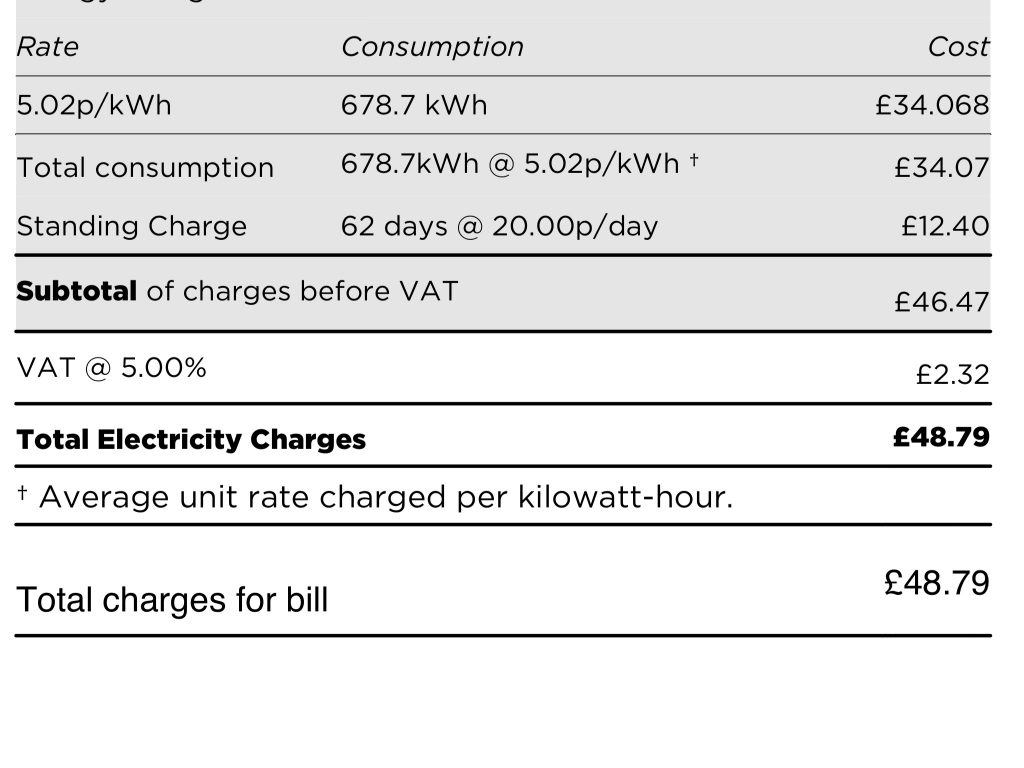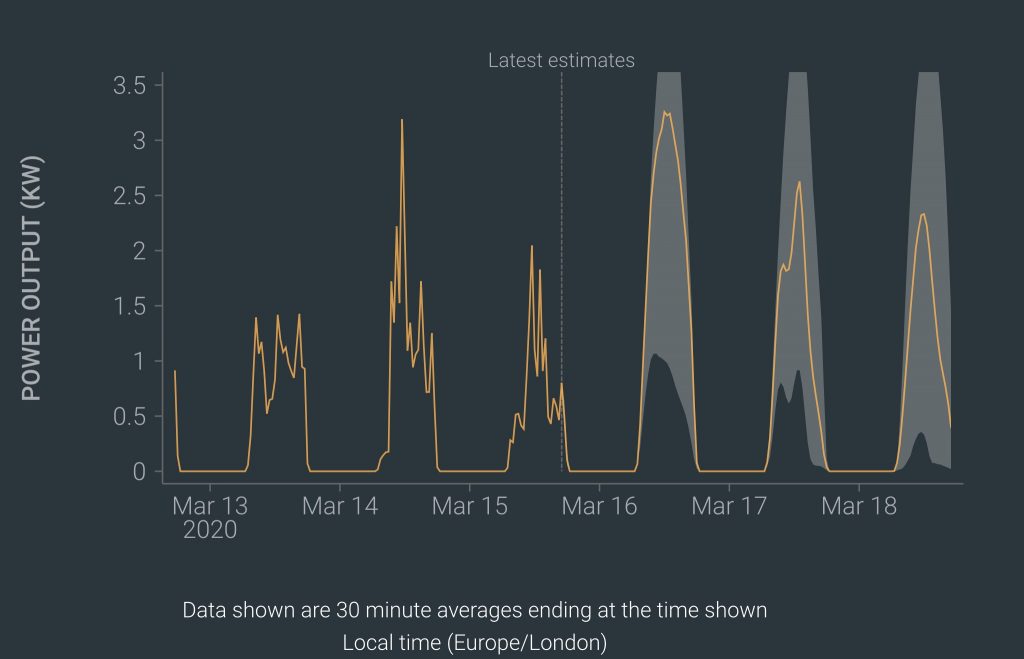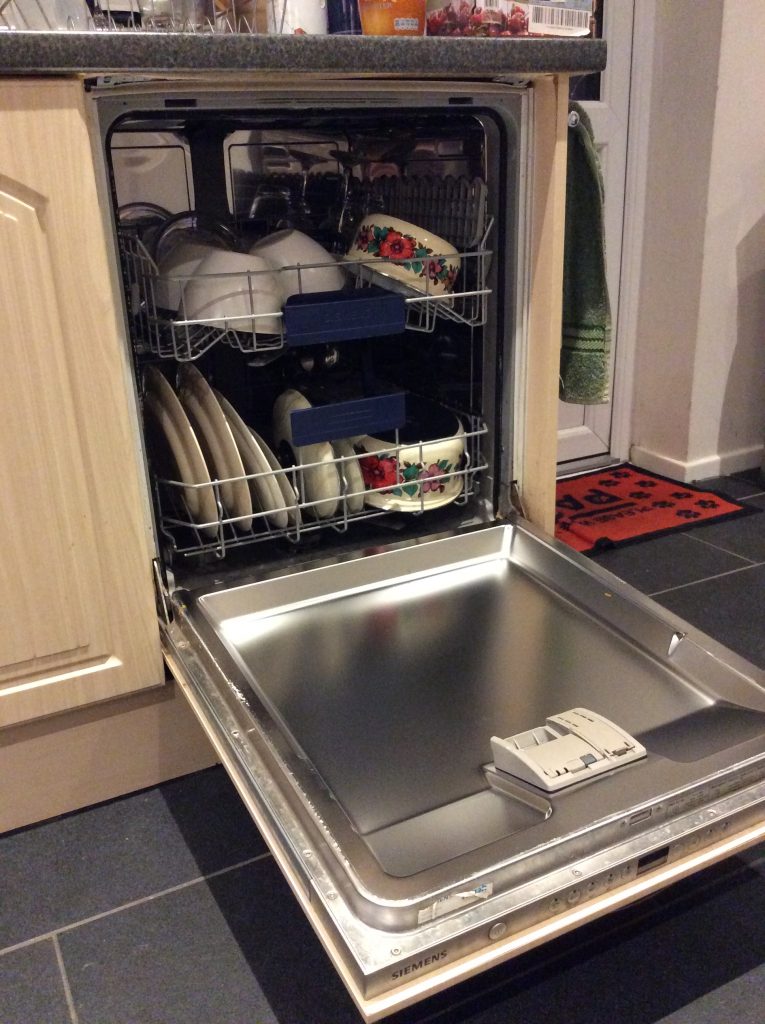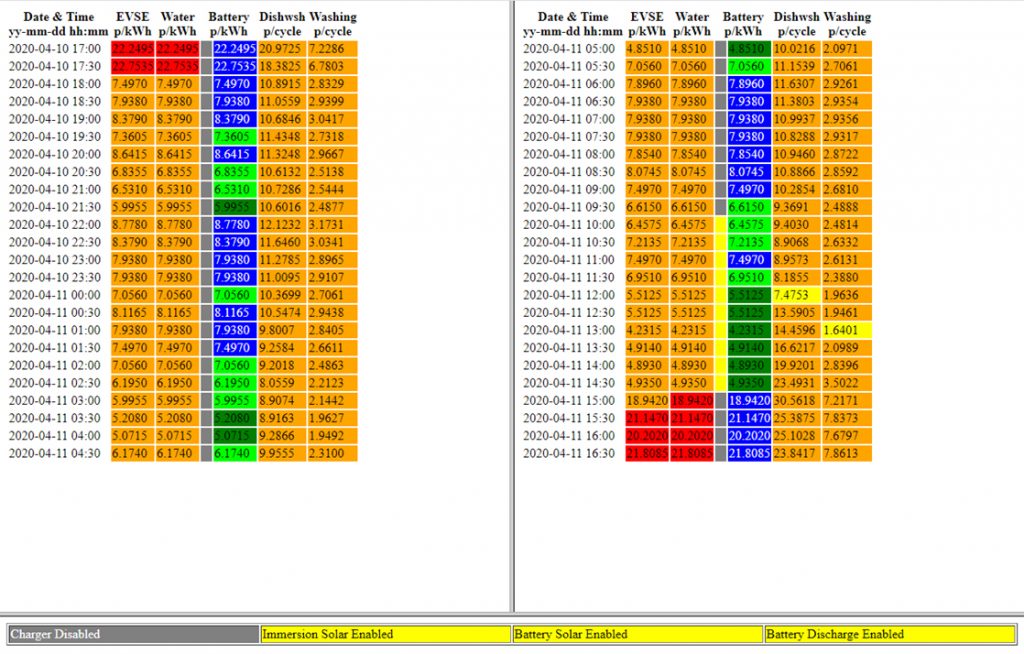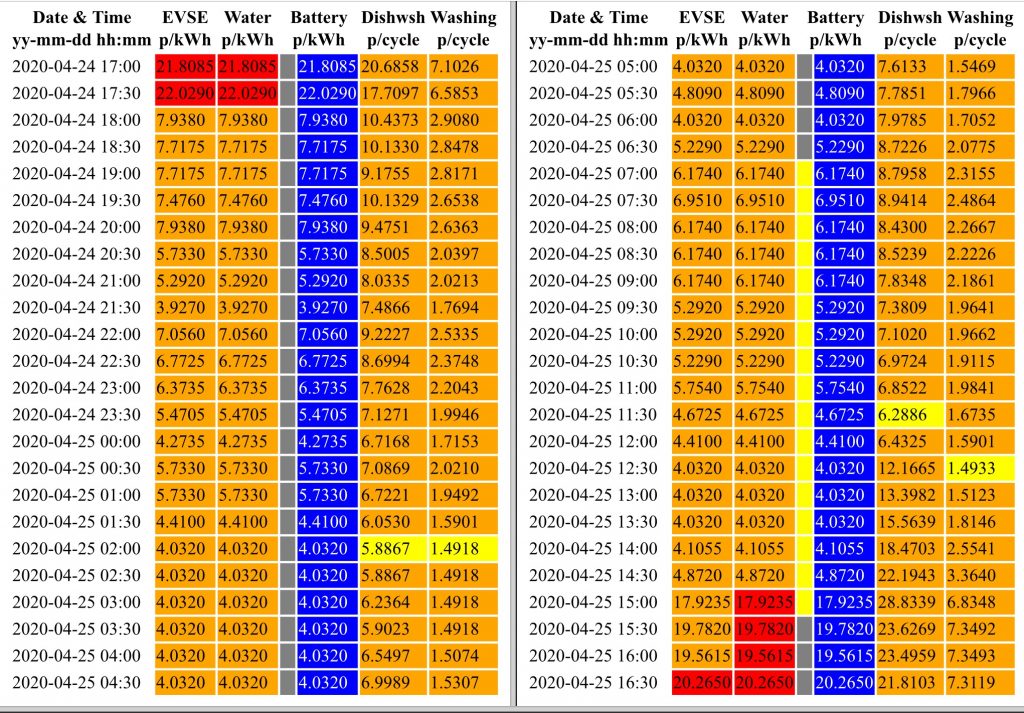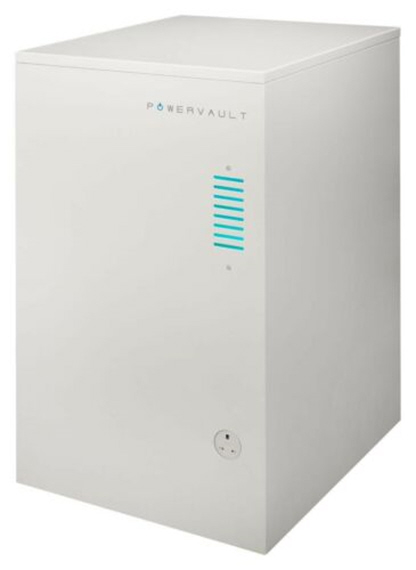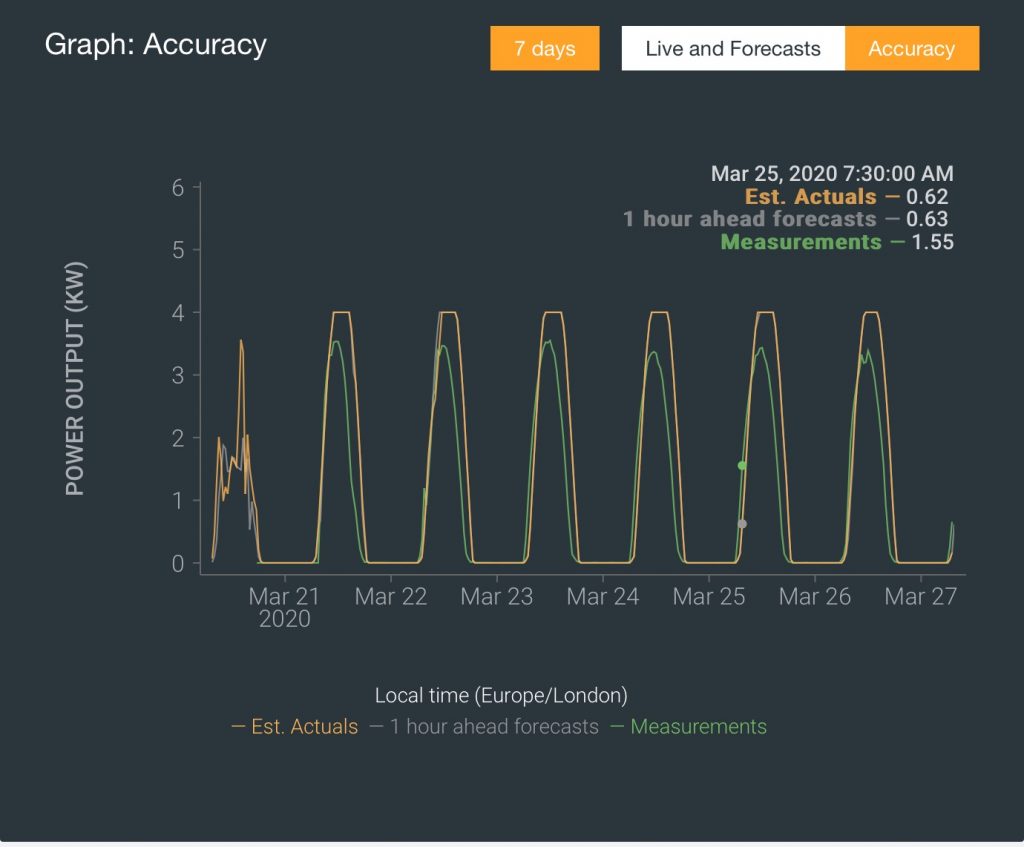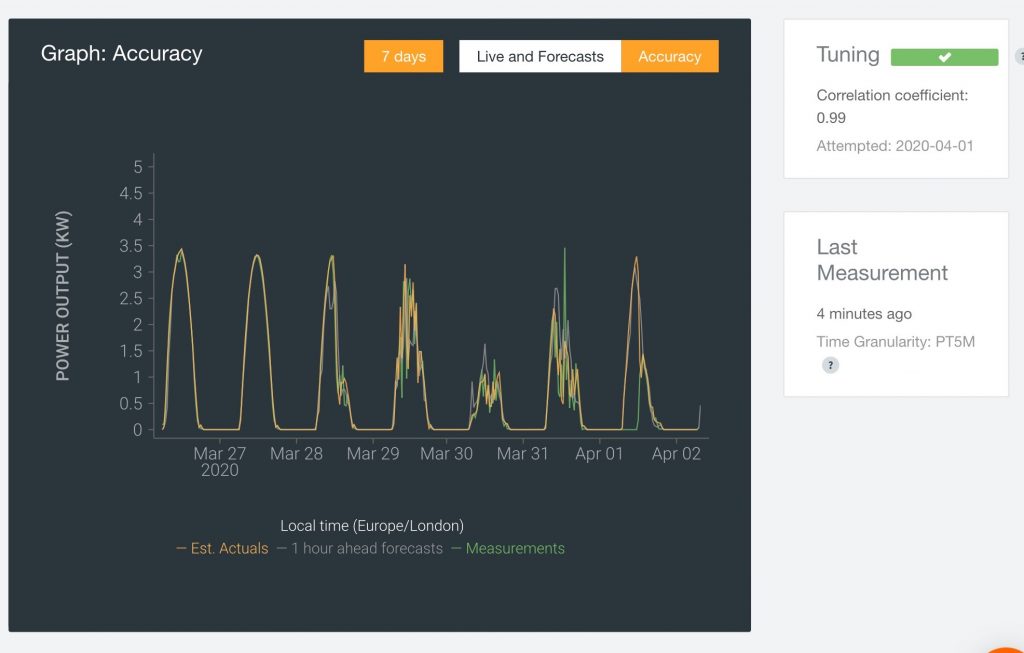Most of us are used to a simple world of electricity where we pay for what we consume. For most folks like myself based in the UK that’s typically a fixed price per kWh/unit consumed regardless of time of day, even through dual-rate tariffs have been around for decades – the best known being “Economy 7” tariffs. However as the grid gets smarter then there are increasing opportunities to save on, or make money from, electricity.

Conventional – pay for power.
This is the area with which most of us are most familiar. We all get the idea of paying for the power we consume. Most UK households pay a fixed price per kWh/unit regardless of the time of day. We have a competitive electricity market, so there are the choice of 70 to 80 different providers who will make different offers regarding standing charge (sometimes marketed as a subscription) and unit cost.
There’s also the opportunity to choose between a flat rate tariff or Economy 7 even on conventional meters that provide a discounted night rate for 7 hours.. These typically provide a discounted night rate, but may charge a little more during the day. They used to advertise these as ‘less than half-price electricity’ but that’s often not the case now.
Stepping up in complexity (and opportunity) smart meters provide the opportunity for a more diverse range of tariffs including different cheap night time periods, more than two rates at different times of day (in extreme 48 half-hourly rates), and a free day at the weekend (i.e. a zero rate of a weekend day) etc.
Beyond that my own tariff (Octopus Agile) not only has up to 48 different half-hourly prices/day that change daily based on that day’s market prices. That might sounds a bit scary but it can yield very cheap electricity prices – 4.48 p/kWh for me in April/May 2020 (for example) which is a third of what most people pay.
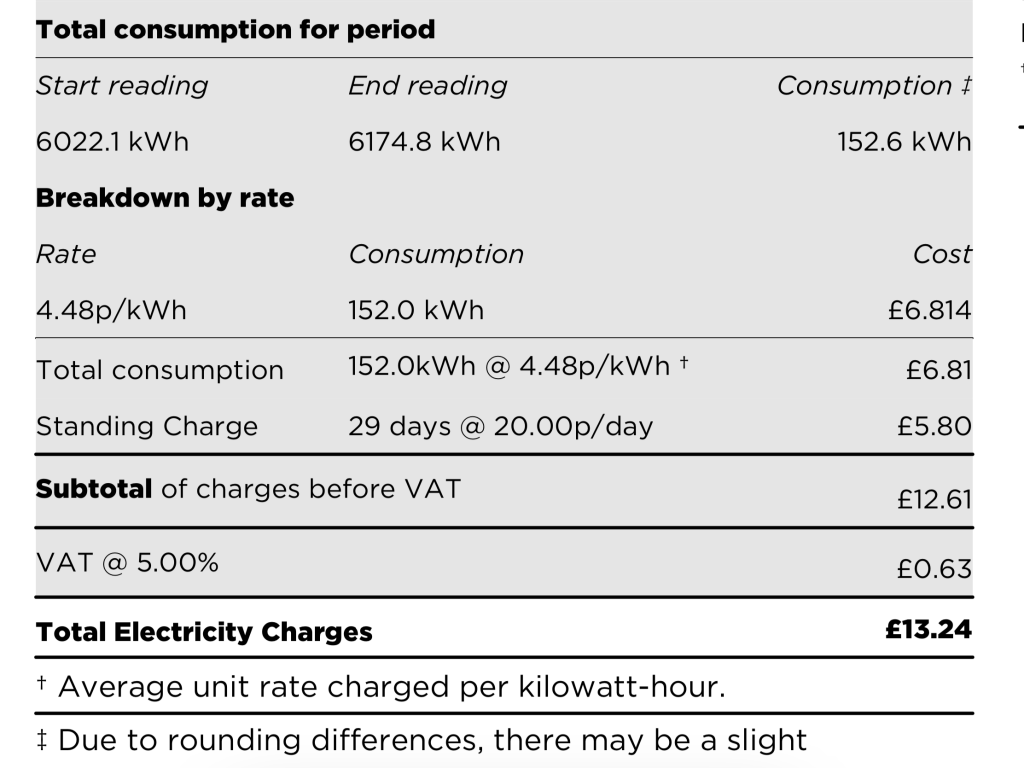
(The original version of this post wrongly had the table from my gas bill above and mistakenly claimed that I had paid “a quarter of what most people pay” rather than a third. Total consumption is untypically low at the present time due to limited miles driven.)
Agile – paid to consume
Top left on my initial diagram is Agile – paid to consume.
One of the features of the wholesale electricity market is that at times the market price for electricity goes negative. At such times the a significant excess of supply (typically because of high output from wind turbines) over demand (often but not always at night) yields a negative price so electricity companies looking to buy electricity are being paid to take it. Most electricity companies will continue to charge their customers the standard price in these circumstances but, with the octopus Agile tariff, the negative pricing is passed to the consumer so that you are paid to consume electricity. This is one of the reasons that my electricity costs are so low.

The above chart shows my electricity costs for Saturday 23rd May 2020. The blue line shows the half-hourly electricity price varying between minus 10 p/kWh and plus 15 p/kWh. The red bars show my electricity consumption in each half hour. You can see how consumption tends to be highest when the price is lowest leading to an average price paid of minus 6.22 p.kWh (i.e. they paid me to use electricity) – indeed they paid me 82.4 p to buy electricity that day.
Conventional export – paid to export
The next opportunity to make money from electricity is to sell it to the grid. Obviously that depends on having a source for the electricity typically a generating asset like solar panels or a wind turbine, possibly coupled with a storage device like a battery. It’s also possible with a battery alone, but I know no-one who does that as the economics are more challenging.
The UK currently has a scheme called Smart Export Guarantee (SEG) where you can sell your export to an electricity company. Prices vary enormously so it’s worth shopping around and not just assuming that your electricity company will give you a good offer.
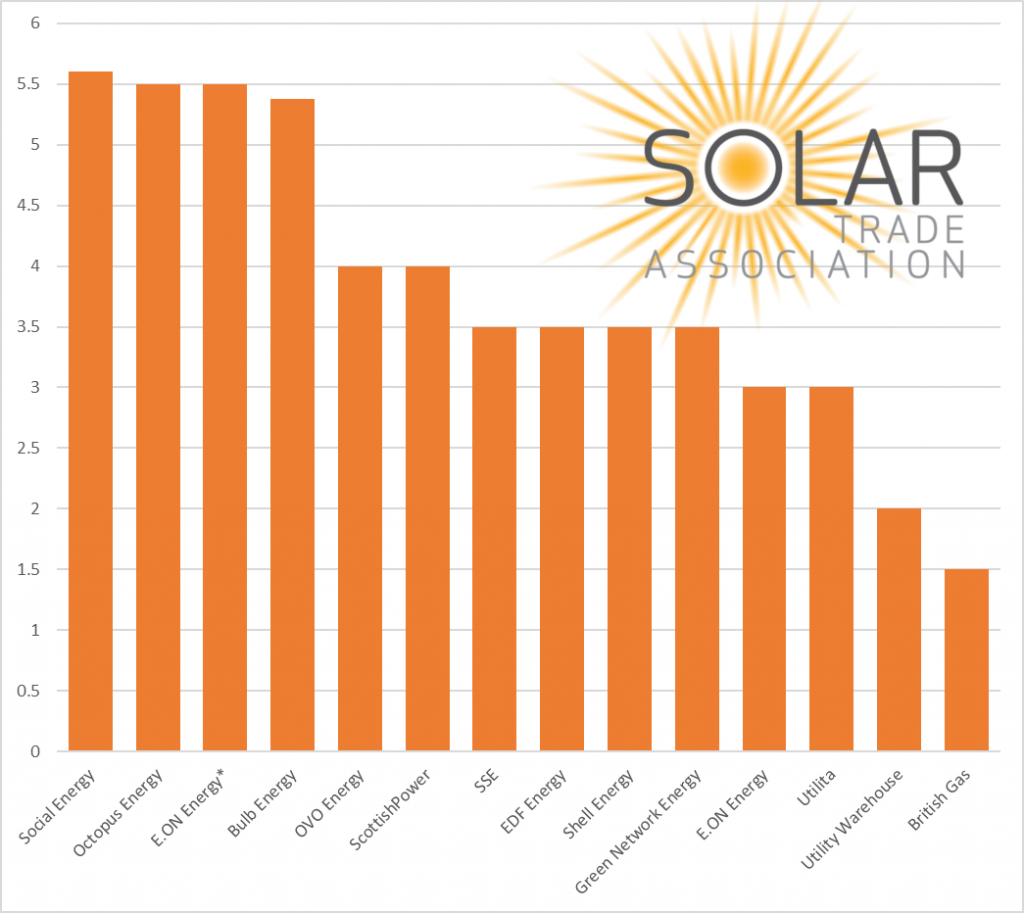
There is also a smarter SEG option where Octopus offer a dynamic SEG based on market rates (Octopus Agile Export) which may at times offer a high rate, but also offers a lower rate at times, and is thus perhaps better suited to those with storage.
I myself am NOT on such a tariff as I’m on an older legacy Feed-in Tariff (FiT). Despite its name FiT is a generation incentive, not an export incentive. As a generation incentive FiT encourages self-consumption since each kWh that I consume myself does not reduce my income, whereas on SEG each kWh that I use myself (such as making hot water) would reduce export income. So, for example, if I use a kWh of electricity to make hot water that’s saved a kWh (or thereabouts) of gas at around 3 p/kWh, but if I was on SEG then I might have lost 5.5 p/kWh of export revenue to save 3 p/kWh on gas which is clearly an on-cost not a saving. There are other benefits of course because I’ve reduced my carbon footprint by using my own low CO2 electricity to replace a fossil fuel, but it’s not (in this case) improving my financial position.
A further area of research by others is V2X (V2H and V2G) – taking electricity stored in an electric vehicle and using that within the home (V2H) or exporting it to the grid (V2G).
Export penalty – penalised for export
A logical consequence of this smart grid that I’ve outlined is being penalised for export. If there are times when the market price for electricity is negative then if I were part of that market then I might expect to be penalised for export. This doesn’t actually exist in the UK, as the only model that links SEG payments to the market price, Octopus Agile Export, protects its customers from negative pricing.
Should consumers be exposed to this risk then a logical behaviours would be:
- To manage self-consumption into the negative export periods, and potentially thus increase export in the positive export periods. For example disable diversion to an immersion heater or car when export price is positive, and then maximise self-consumption when the export price (and presumably the import price also) is negative.
- To disable the generating asset to avoid the export penalty.
Conclusions
Some people like myself will find developments in the smart energy sector a fascinating and engaging topic with opportunities both the save money and engage in creating a cleaner and greener electricity system.
However given that many choose not to even participate in the competitive market for electricity supply created when the regional electricity companies were privatised in late 1990 (i.e. 30 years ago) then there will be a significant number who are not so motivated.
This then creates opportunity for a wider variety of smart offers. Some products, at the Agile Octopus end of the spectrum, giving the consumer the opportunity to benefit from their own decision making, while others look more like a traditional dumb tariff with a very simple price structure but potentially making the energy company a more active manager of the home appliances so that the consumer hopefully plays a lower unit rate while the energy company takes responsibility for managing the assets within the home.


